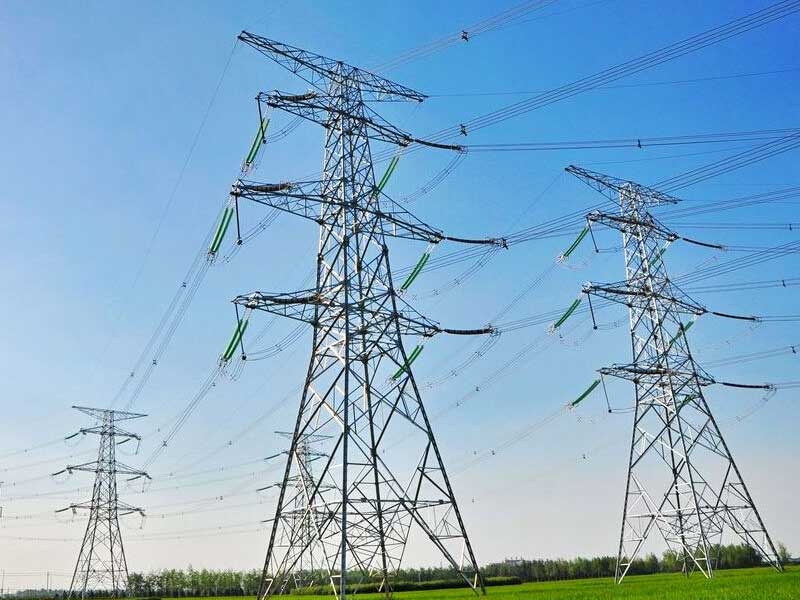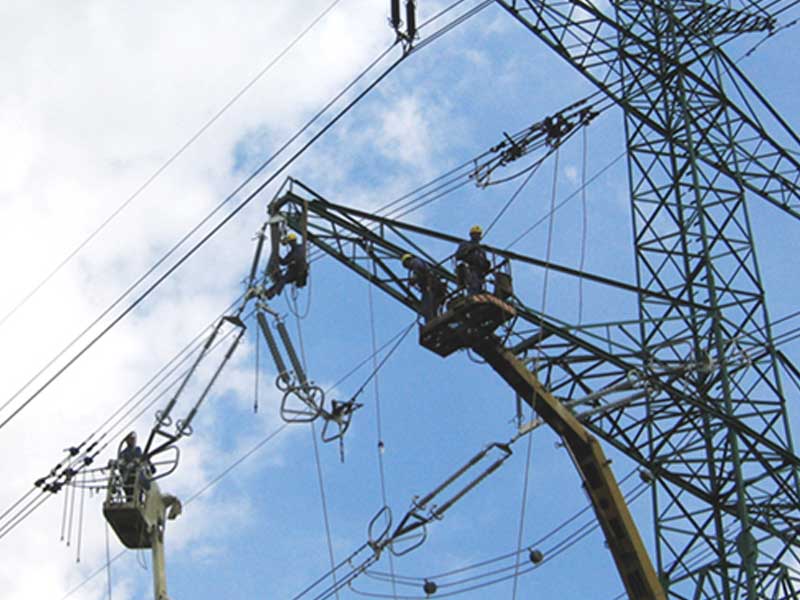Electrification Project in Five Provinces of Ghana: A Case Study on Expanding Access to Electricity
Access to reliable electricity is a cornerstone of economic development, education, and healthcare. In Ghana, despite significant progress in urban electrification, rural areas in several provinces still face energy poverty. To address this, the Ghanaian government, in partnership with international donors and private sector stakeholders, launched a large-scale electrification project targeting five underserved provinces: Northern, Upper East, Upper West, Volta, and Western North.
This case study examines the project’s objectives, implementation strategies, challenges, and outcomes, highlighting its impact on local communities and Ghana’s broader energy goals.
Project Overview
The Five Provinces Electrification Project (FPEP) was initiated in 2018 with the goal of connecting over 1,200 rural communities to the national grid by 2025. The project aligns with Ghana’s National Electrification Scheme (NES) and the United Nations Sustainable Development Goal (SDG) 7, which seeks to ensure affordable and clean energy for all.
Key Objectives:
Expand grid coverage to remote and underserved areas.
Reduce reliance on fossil fuels by promoting renewable energy integration.
Boost economic activities by enabling small businesses, agriculture, and education.
Improve healthcare delivery by powering clinics and hospitals.

Implementation Strategy
The project adopted a multi-stakeholder approach involving:
Government Agencies: Ministry of Energy, Ghana Grid Company (GRIDCo), and the Electricity Company of Ghana (ECG).
Private Sector: Solar energy firms and local contractors for grid extensions.
International Partners: World Bank, African Development Bank (AfDB), and the European Union (EU) for funding and technical support.
Phased Rollout:
Grid Extension (2018-2020): Over 600 km of transmission lines were constructed to connect remote villages.
Off-Grid Solar Solutions (2020-2022): Solar mini-grids and home systems were deployed in hard-to-reach areas.
Community Engagement (2022-2024): Training programs educated locals on energy efficiency and maintenance.
Challenges Faced
Despite its successes, the project encountered several obstacles:
High Costs: Remote terrain increased infrastructure expenses.
Logistical Delays: Poor road networks slowed equipment transportation.
Community Resistance: Some residents were initially skeptical due to past unfulfilled promises.
Outcomes and Impact
By mid-2024, the project had achieved:
✔ 85% electrification rate in the five provinces (up from 50% in 2018).
✔ 300,000+ new household connections, benefiting over 1.5 million people.
✔ Boosted local businesses, including agro-processing and mobile charging services.
✔ Improved education and healthcare with reliable power for schools and clinics.
Lessons Learned
Public-private partnerships are crucial for funding and expertise.
Hybrid solutions (grid + solar) work best in remote areas.
Community involvement ensures long-term sustainability.
Conclusion
The Five Provinces Electrification Project demonstrates Ghana’s commitment to inclusive energy access. While challenges remain, the initiative has transformed lives, proving that strategic investments in electrification can drive socio-economic growth. Future efforts should focus on maintenance, renewable energy expansion, and affordability to ensure lasting benefits.



